To my parents and my family
Contents
Strokes impose an enormous burden on the patients themselves, their families and carers and on the community. Every year about 0.2 per cent of the population has a stroke, of whom nearly a third die over the next 12 months, a third remain permanently disabled (often requiring assistance from a carer) and a third regain their independence. Stroke survivors have an increased risk of another stroke or of a heart attack. Indeed, many fear another stroke because they regard a disabling stroke as a fate worse than death.
Strokes present an enormous challenge to the community because the number of people affected by them is likely to increase considerably in the near future. The risk of having a stroke increases with age, and our population is progressively ageing (we are surviving longer and the post World War II baby boomers are now entering their fifties and sixties).
The two main strategies to reduce the burden are:
 to prevent first strokes in the general population and recurrent strokes among stroke survivors by recognising and controlling the risk factors that cause them
to prevent first strokes in the general population and recurrent strokes among stroke survivors by recognising and controlling the risk factors that cause them
 to treat patients as soon as they do have a stroke to optimise their chances of surviving free from disabilities.
to treat patients as soon as they do have a stroke to optimise their chances of surviving free from disabilities.
During the past decade there have been several advances in the treatment and rehabilitation of stroke patients, with an improvement in the number of people surviving free of dependency, but the greatest potential advances have been, and are likely to continue to be, in stroke prevention.
There have been public health campaigns aimed at educating the general population about the increased risk of a stroke caused by high blood pressure, smoking, diabetes and atrial fibrillation (irregular heartbeat). Lowering the incidence of these risk factors with simple lifestyle modifications can have a substantial impact on preventing strokes in the community. People are encouraged to have their diet, lifestyle, heart rate, blood pressure, blood cholesterol and blood sugar checked, controlled (if necessary) and monitored in the same way that they would have any other valuable asset, such as a car, assessed and serviced regularly.
For those who are assessed by their doctor to be at an increased likelihood of a stroke, the high risk approach to prevention involves treatment with effective and appropriate medical and surgical interventions, some of which are costly and even slightly risky themselves.
In this marvellous book, Professor Valery Feigin provides a comprehensive and cutting edge, yet succinct, overview of all of these issues, as well as an informed and balanced insight into the causes and consequences of strokes and the interventions that can safely and effectively prevent them or optimise a patients chances of surviving free from disabilities. Professor Feigin translates his vast experience and thorough knowledge of the medical literature into a light, easy-to-use text thats punctuated by superb illustrations, case reports and appendicesyou should check your own risk of stroke (page 40) and try out the diet recommendations and recipes.
This book is written for the general public and accordingly the language is simple and clear throughout, and supplemented by a generous glossary. This is one of the very few books in which authoritative, up-to-date and useful medical information about strokes is distilled into a form that will be easily understood and made use of by the general public, particularly stroke survivors and their families and carers.
Graeme J. Hankey, MBBS, MD, FRCP, FRCP (E DIN ), FRACP
Consultant Neurologist and Head of Stroke Unit,
Royal Perth Hospital, Perth
Clinical Professor, School of Medicine and Pharmacology,
The University of Western Australia, Australia
Life isn t an active force
its we who make what we will of it
H ENRY H ANDEL R ICHARDSON
Stroke is the number one disabler and number two killer in the world. It has become a worldwide health problem of increasing importance, with two-thirds of strokes now occurring in the developing countries. Globally, approximately 80 million people are suffering from the results of a stroke at any given time. There are approximately 13 million new stroke victims each year, of which approximately 4.4 million die within 12 months. There are some 250 million direct family members of those survivors. During the course of their lives, about four out of five families will have someone affected by a stroke.
Stroke is one of the most destructive brain disorders with severe consequences, including enormous psychological, physical and financial pressure on the patients, their families and society. In fact many people are more fearful of being disabled by a stroke than of death itself. If there are no improvements in the current preventive methods, then the number of strokes and stroke victims will grow considerably over the next few decades.
A stroke used to be perceived as an unpredictable disorder that could happen to anyone, and that once it had happened there was nothing effective that could be done about it. However, recent scientific data have convincingly shown quite the opposite. The last decade has been a time of tremendous advancement in our understanding of stroke risk factors, prevention, treatment and rehabilitation. We now know that a stroke is highly predictable and can be prevented in up to 85 per cent of people. There are also effective treatments that can substantially improve the outcome of a stroke. In fact, approximately one third of stroke patients now recover fully, and this proportion could be even greater if adequate emergency and rehabilitation treatment was always received.
This book aims to provide a user-friendly, yet comprehensive, evidence-based illustrated guide for people without a special medical background who wish to prevent a stroke from happening or want to know how to deal with the consequences of stroke at a personal and family level. It also provides information about the most effective methods of stroke treatment.
1
Understanding the brain
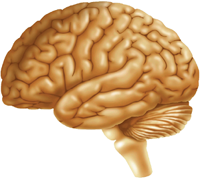
The brain is a vital organ. Its responsible for our individual mental and intellectual functions, such as thinking and memory. It controls our interactions with the outside world, for example, it interprets what our senses encounter and controls our voluntary movements. It also controls many of our automatic bodily functions. Up to 80 per cent of all human genes are used by the brain.
The brain consists of brain cells called neurons, supporting cells known as glial cells, cerebrospinal fluid and blood vessels. The arteries are the vessels that carry blood rich in oxygen and nutrients, such as glucose, to the brain. The veins are the vessels that take the depleted blood and waste products away. Everyone has a similar number of neuronsaround 100 billionbut the number of connections between the different neurons varies. In an adult, the brain constitutes only about 2 per cent (approximately 1.4 kg) of the total body weight, but it consumes about 20 per cent of the oxygen and 50 per cent of the glucose in the arterial blood.

Intracranial structures



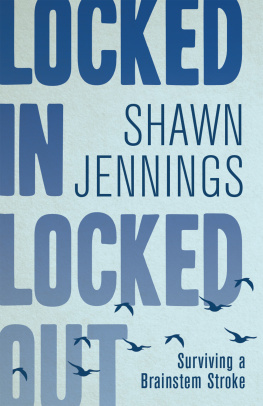
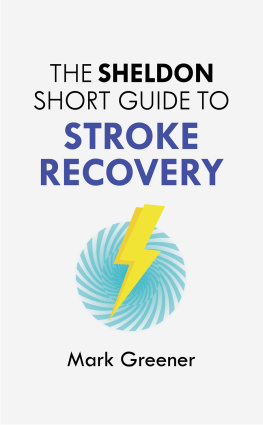

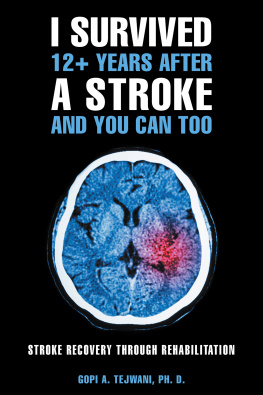
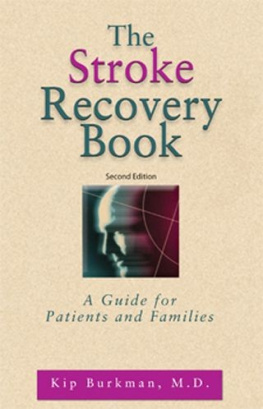
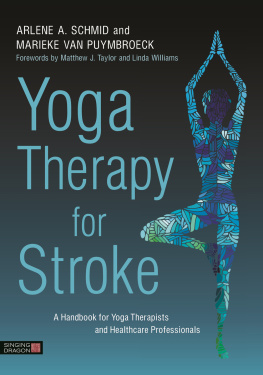

 to prevent first strokes in the general population and recurrent strokes among stroke survivors by recognising and controlling the risk factors that cause them
to prevent first strokes in the general population and recurrent strokes among stroke survivors by recognising and controlling the risk factors that cause them

